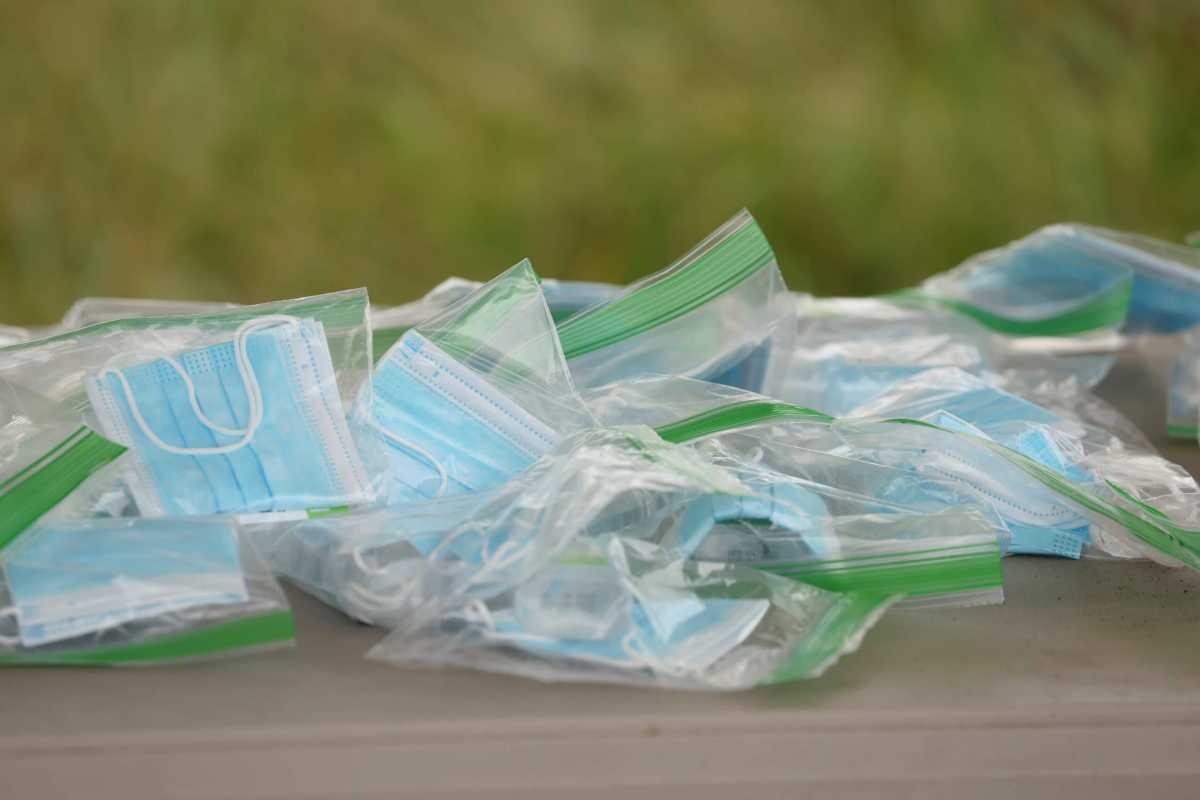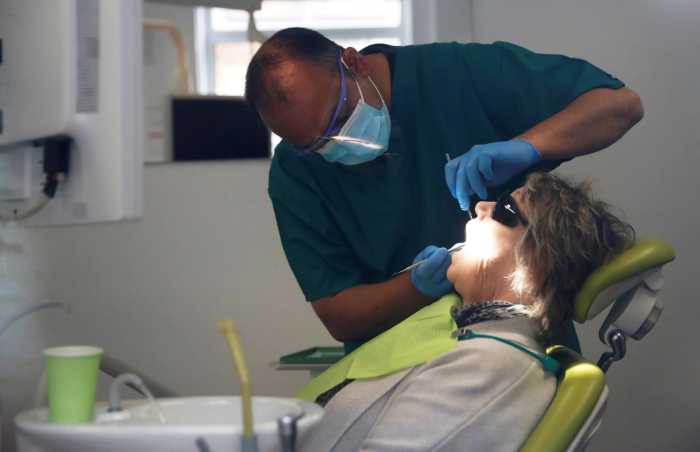The following is a roundup of some of the latest scientific studies on the novel coronavirus and efforts to find treatments and vaccines for COVID-19, the illness caused by the virus.
Breathing with face masks does not affect the lungs
The average face mask may be uncomfortable but does not limit the flow of oxygen to the lungs, even in people with severe lung diseases, researchers say. They tested the effect of wearing surgical masks on gas exchange – the process by which the body adds oxygen to the blood while removing carbon dioxide – in 15 healthy physicians and 15 military veterans with severely impaired lungs via a quick paced six-minute walk on a flat, hard surface. Oxygen and carbon dioxide levels in the blood were measured before and after the walking test. Neither the healthy doctors nor the patients with diseased lungs showed any major changes in gas exchange measurements after the walking test or up to 30 minutes later. Mask discomfort is likely not due to rebreathing of carbon dioxide and decreases in oxygen levels, the researchers reported on Friday in the journal Thorax. Instead, masks may be causing discomfort by irritating sensitive facial nerves, warming inhaled air, or inducing feelings of claustrophobia. Any such discomfort should not cause safety concerns, researchers said, as that could contribute to reduction of “a practice proven to improve public health.”
New coronavirus survives nine hours on human skin
Left undisturbed, the new coronavirus can survive many hours on human skin, a new study has found. To avoid possibly infecting healthy volunteers, researchers conducted lab experiments using cadaver skin that would otherwise have been used for skin grafts. While influenza A virus survived less than two hours on human skin, the novel coronavirus survived for more than nine hours. Both were completely inactivated within 15 seconds by hand sanitizer containing 80% alcohol. The U.S. Centers for Disease Control and Prevention currently recommends using alcohol-based hand rubs with 60% to 95% alcohol or thoroughly washing hands with soap and water for at least 20 seconds. Studies have shown that COVID-19 transmission largely occurs via aerosols and droplets. Still, the authors of the new study conclude in a report published on Saturday in Clinical Infectious Diseases, “Proper hand hygiene is important to prevent the spread of SARS-CoV-2 infections.”
Obstructive sleep apnea linked with worse COVID-19
A common sleep disorder appears to put COVID-19 patients at higher risk for critical illness, a new study finds. Using Finnish national databases, researchers found that while the rates of infection with the new coronavirus were the same for people with and without obstructive sleep apnea (OSA), among people who did become infected, those with OSA had a five-fold higher risk of hospitalization. When people with OSA are asleep, their breathing stops briefly and then restarts, often multiple times during the night. OSA is associated with health problems like obesity, high blood pressure, heart disease, and diabetes, but was linked with a higher risk for severe COVID-19 even after researchers took all these other factors into account. The study cannot prove that OSA caused the more severe outcomes. But in a paper posted on medRxiv ahead of peer review, researchers advise doctors evaluating patients with suspected or confirmed coronavirus infection to recognize that the sleep disorder is a risk factor for severe COVID-19.
Infrared thermometers may be inaccurate in adults
Non-contact infrared thermometers, long used in children and now being used to screen for fever in public places, may not accurately measure body temperature in adults, a small study suggests. The devices are held a short distance from the forehead. Because they never touch the skin, they help prevent transmission of germs and do not need to be sterilized after each use. In a study of 265 adults at two hospitals, Australian researchers compared infrared thermometers with “temporal artery” thermometers, which are rubbed across the forehead. When body temperatures were below 99.5 degrees F (37.5 C), the devices yielded similar results. But for higher body temperatures, the non-contact thermometers “demonstrated poor accuracy,” with greater discrepancies as temperatures rose, according to a report published on Friday in the American Journal of Infection Control. As only 37 study participants had fever, larger studies are needed to confirm these findings, researchers said. Meanwhile, they added, when an infrared thermometer shows a temperature above 99.5 F in an adult, it might be wise to get a direct measurement with a thermometer than makes contact with the body.





























